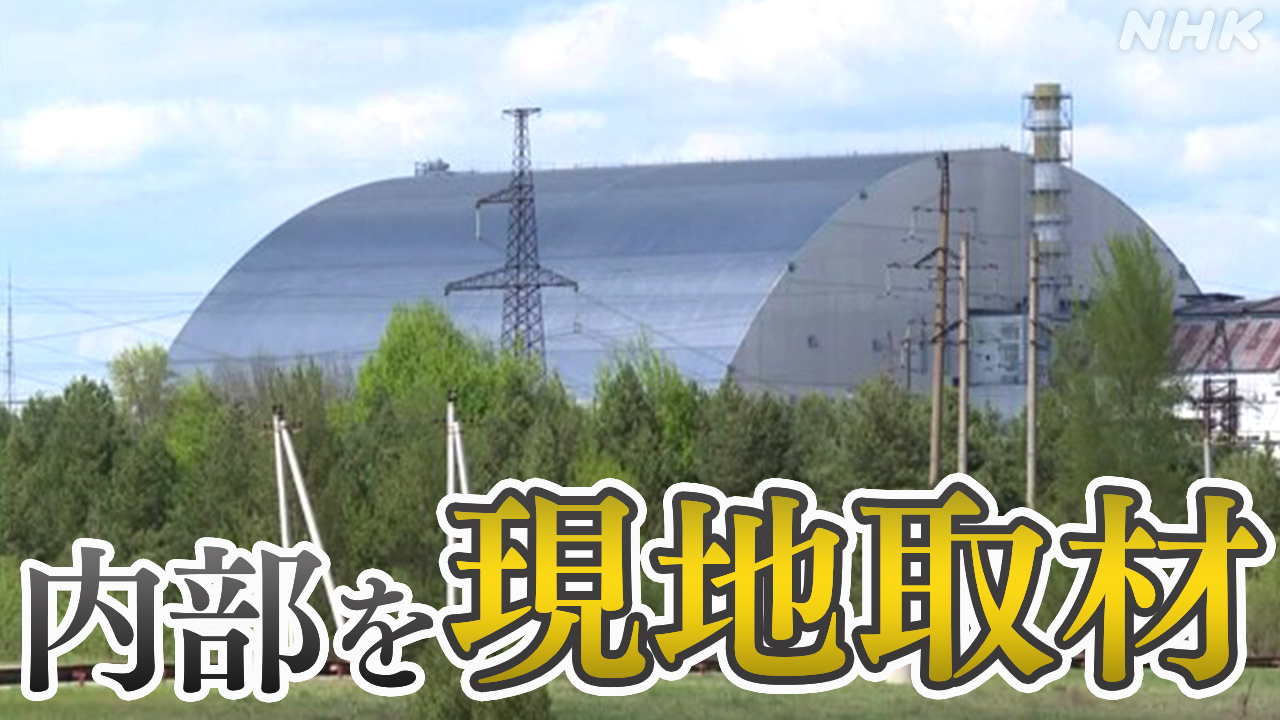Chernobyl's Damaged Shelter: A Worrying Situation
The Chernobyl disaster, a catastrophic nuclear accident that occurred in 1986, continues to cast a long shadow. While the immediate aftermath saw heroic efforts to contain the fallout, the long-term challenges remain significant, particularly concerning the deteriorating state of the Chernobyl Nuclear Power Plant's sarcophagus, the shelter built to encase the damaged reactor. This article delves into the current worrying situation surrounding the shelter and its implications.
The Aging Sarcophagus: A Ticking Time Bomb?
The initial shelter, hastily constructed in the wake of the disaster, was a temporary measure. Its structural integrity has been compromised over the decades by radiation, extreme weather conditions, and the sheer weight of the radioactive debris it contains. Cracks, corrosion, and overall weakening of the structure represent a significant risk.
Key Concerns:
- Structural Instability: The sarcophagus is showing signs of significant structural weakness, raising concerns about potential collapse and the release of further radioactive materials.
- Radiation Leakage: While the initial containment was successful in preventing widespread radiation spread, there are ongoing concerns about minor leaks and the potential for larger breaches in the future.
- Environmental Impact: The deteriorating shelter poses a considerable threat to the surrounding environment, impacting the delicate ecosystem that has begun to recover in the Chernobyl Exclusion Zone.
- Long-term Solutions: The New Safe Confinement (NSC), a massive arch-like structure built to encase the old sarcophagus, offers a more robust solution, but its long-term effectiveness remains a subject of ongoing monitoring and research.
The New Safe Confinement: A Partial Solution?
The NSC, completed in 2016, is a monumental achievement of engineering, designed to safely contain the radioactive materials for at least 100 years. However, it’s not a permanent fix. The structure itself requires ongoing maintenance and monitoring, and the challenges of managing the radioactive waste within remain considerable.
Challenges with the NSC:
- Maintenance and Monitoring: The NSC requires constant monitoring and maintenance to ensure its structural integrity and effectiveness in containing radiation. This is a costly and complex undertaking.
- Waste Management: The long-term management of the radioactive waste contained within the NSC remains a major challenge, requiring innovative solutions for safe disposal or long-term storage.
- Funding and Resources: The ongoing maintenance and future decommissioning of the NSC require significant international funding and collaboration.
The Future of Chernobyl: Ongoing Research and International Cooperation
The Chernobyl disaster serves as a stark reminder of the potential dangers of nuclear power. The ongoing challenges surrounding the damaged shelter highlight the need for continued international cooperation, rigorous scientific research, and innovative technological solutions to manage the long-term consequences of this catastrophic event.
Looking Ahead:
- Advanced Monitoring Technologies: Continued investment in advanced monitoring technologies is crucial to track the condition of the NSC and detect any potential issues early.
- Waste Treatment Innovations: Research into innovative waste treatment technologies is necessary to safely manage the radioactive materials for the long term.
- International Collaboration: Continued international collaboration and funding are essential to ensure the long-term safety and stability of the Chernobyl site.
In Conclusion: The state of Chernobyl's damaged shelter remains a worrying situation, demanding sustained attention and resources. The long-term implications of this disaster underscore the need for robust safety protocols and responsible management of nuclear technology worldwide. Further research and international collaboration are paramount to ensuring the safety of the environment and the long-term stability of the site. For more information on ongoing efforts, you can consult the Chernobyl Forum's website. [Link to Chernobyl Forum Website].
